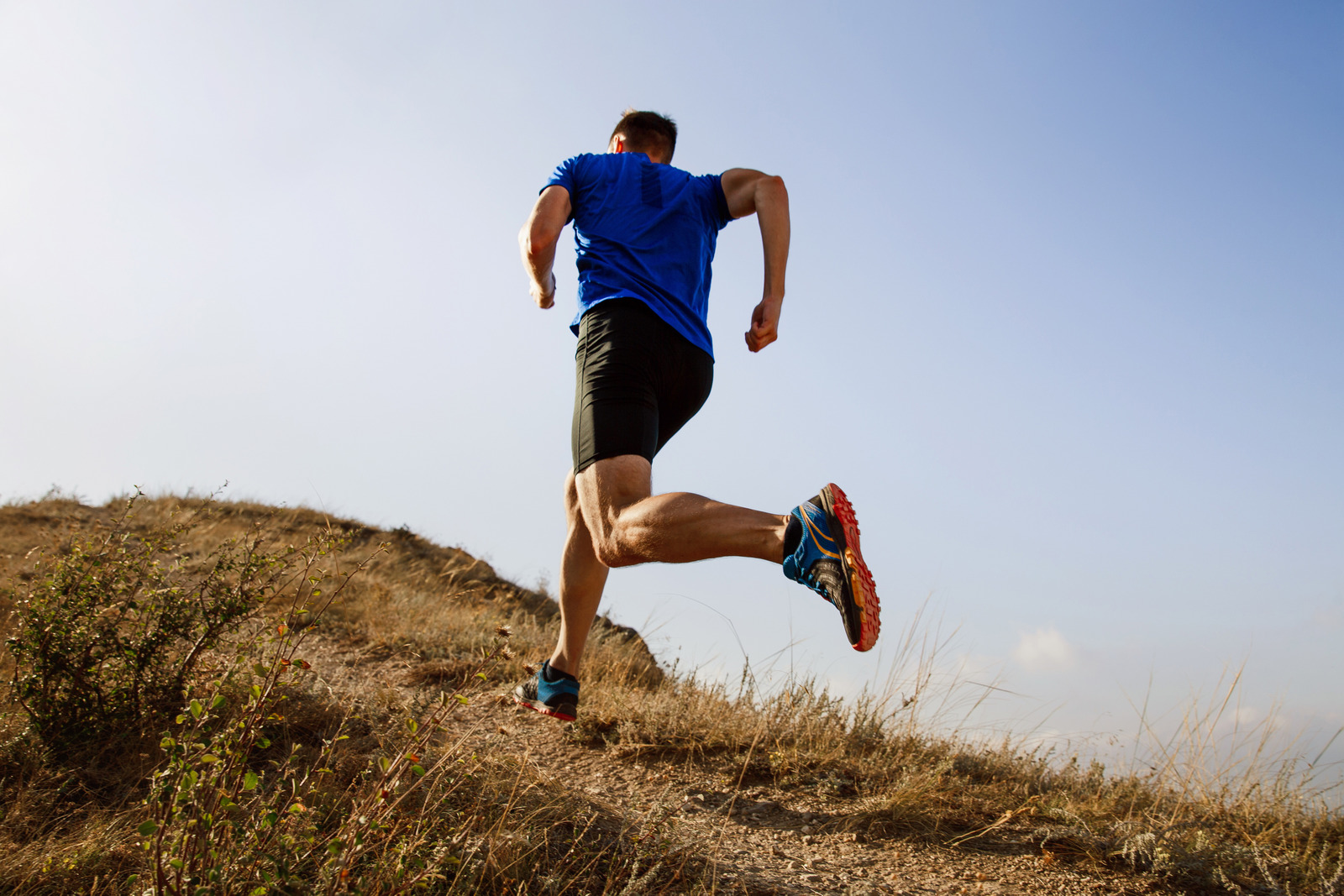Having completed nearly 30 marathons over the past 14 years I have had the opportunity of reading hundreds of different signs that spectators were holding up to both entertain and inspire those who were running. One of my favorites read as follows:
“Any idiot can run. But it takes a special kind of idiot to run a marathon. Go, Dad!”
I mention this, not only because it is funny, but because it presents what I believe is a serious misconception about running. And that is that running is easy and really doesn’t involve much skill or knowledge to do it correctly. Anybody can do it. All you have to do is put on a pair of running shoes and start running, right? Wrong. But unfortunately, this is the approach that a lot of people take. For a variety of different reasons, people become motivated to start running. And so, with good intentions, they put on their shoes and they start. It is usually about 2-4 weeks after starting that they find themselves frustrated and sitting in their medical provider’s office seeking treatment for some part of their body that is hurting. As a physical therapist, I have seen this scenario played out over and over again. My experience, both as a therapist and as a runner, has taught me that there is actually quite a bit to learn about the techniques one can employ to enable them to run in a way that increases their efficiency and reduces their risk of injury. So whether you are starting a new program or looking to improve your current running technique here are four simple tips to keep in mind:
First, implement changes slowly. Whether you haven’t run in years and are planning on starting, or if you are currently running consistently and just want to increase your speed or mileage, DO IT SLOWLY! Remember, your body’s tissues (muscles, tendons, bones, ligaments, nerves, etc.) take time to adapt to the new stresses being placed upon them. If you do too much too quickly the daily “breakdown” of the tissues exceeds the daily “repairs” your body is trying to implement. Try thinking of your body as a balance or scale with the “breakdown” on one side and the “repair” on the other side. If the amount of breakdown consistently exceeds the amount of repair, the scale starts to be out of balance. When the tissues of your body get far enough “out of balance” you will start to experience pain and inflammation. If not addressed properly this can lead to more serious problems such as joint pain and swelling, strained muscles, tendinitis, bursitis and even stress fractures.
Second, be mindful of your cadence. Cadence refers to the number of steps per minute you are taking while you run. The cadence that a lot of coaches and elite runners like to aim for is about 180 steps a minute. This translates into 3 steps every second. One big mistake that runners often make is over striding which increases the impact on their heels when they strike the ground. Keeping your cadence in the ballpark of about 180 steps a minute helps to reduce your stride length and lessens the impact felt when the foot hits the ground. Less impact translates into less breakdown of the body’s tissues over time and helps to reduce the risk of injury.
Third, get your “butt” in gear. The gluteus maximus or buttock muscle is one of the biggest muscles in the body. You should be using this muscle to your advantage when you run. If used appropriately the gluteus maximus can help to stabilize your trunk, reduce the workloads placed on your quadriceps and hamstring muscles, and help support and reduce the amount of strain on your low back. The way to do this is to contract or squeeze your ipsilateral (same-sided) buttock muscle just as your foot strikes the ground and hold this contraction or squeeze until your foot leaves the ground. For example, when your right foot strikes the ground, you would squeeze your right buttock tight and hold it as your body passes over your right foot and then relax the contraction as you lift your right foot off the ground. The same process would then be repeated on the left side.
And finally, run quietly. Perhaps you have never really listened to yourself run. If so, take time to turn off the music, take out the earplugs and listen to the sound of your feet hitting the ground. Many runners first make contact on the back of their heel while keeping the toes pointed up off the ground. Their momentum then causes their toes to accelerate down and slap hard against the ground. In an effort to minimize this “foot slap” the muscles on the front of the shin can get overworked, leading to a condition commonly referred to as “shin splints”. A good way to eliminate this is to pretend you are sneaking up on someone as you run and you don’t want them to hear you coming. In order to run quietly, you must move the initial point of contact for your foot from the back of the heel to the area just in front of the heel. This is called a mid-foot strike and it helps reduce the stresses, as well as the noise, associated with foot slap.
I know from personal experience that nothing is more frustrating than to set a personal goal, to be excited and diligent about working toward that goal, only to have it thwarted by the pain and limitations of nagging injuries. While these four simple tips are not a conclusive list, by any means, they can help lay a solid foundation upon which to build. But remember, just like any other sport, it takes a lot of learning and a lot of practice to become an efficient runner.
–Bruce Applegate, PT, Director



